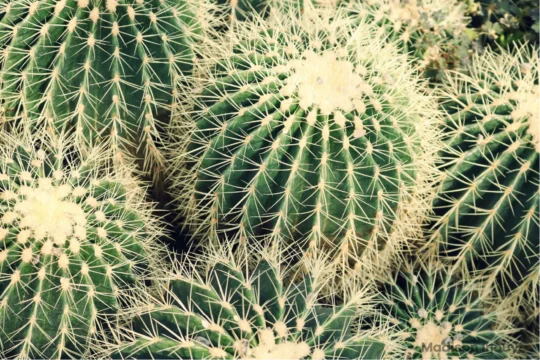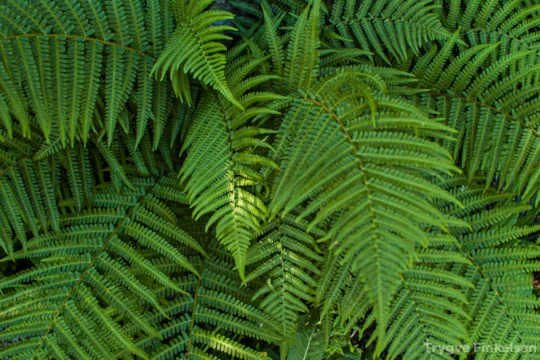Plants also use red and blue light in growth processes outside of photosynthesis.
During the vegetative stage, plants need to develop strong roots, stems, and leaves. Blue light helps with these growth processes.
Red light becomes especially important for flowering and fruiting, which are necessary for reproduction.
Ultimately, a mix of around 80% red and 20% blue light is best for most plants!
EXTENSION
Different species of plants also have unique light needs. For example, a cactus requires high-intensity, direct sunlight, while a fern thrives in areas with low to moderate light levels.


Why do you think this natural variation occurs?
Different plants grow in diverse environments with varying light conditions. Selective pressure meant they developed adaptations that increased their chance of survival. The cactus has adapted to the harsh conditions of a desert, while the fern has adapted to areas with less access to light.
What structural adaptations or physical features help these plants survive in their respective environments?
Cacti have spines that help scatter light to reduce the impact of too much direct sunlight!
Ferns have developed large fronds (leaves) that increase surface area to capture as much light as possible!